


The National Oceanic and Atmospheric Administration's GOES-16 weather satellite and SpaceX's Starlink satellites captured stunning images of the 2024 total solar eclipse, which was visible in parts of the United States, Canada, and Mexico. These images showcase the moon's shadow as it moved across North America, providing a unique perspective from above. The photos were taken as part of their regular duties, demonstrating the capabilities of these advanced satellites in tracking celestial events in real-time.
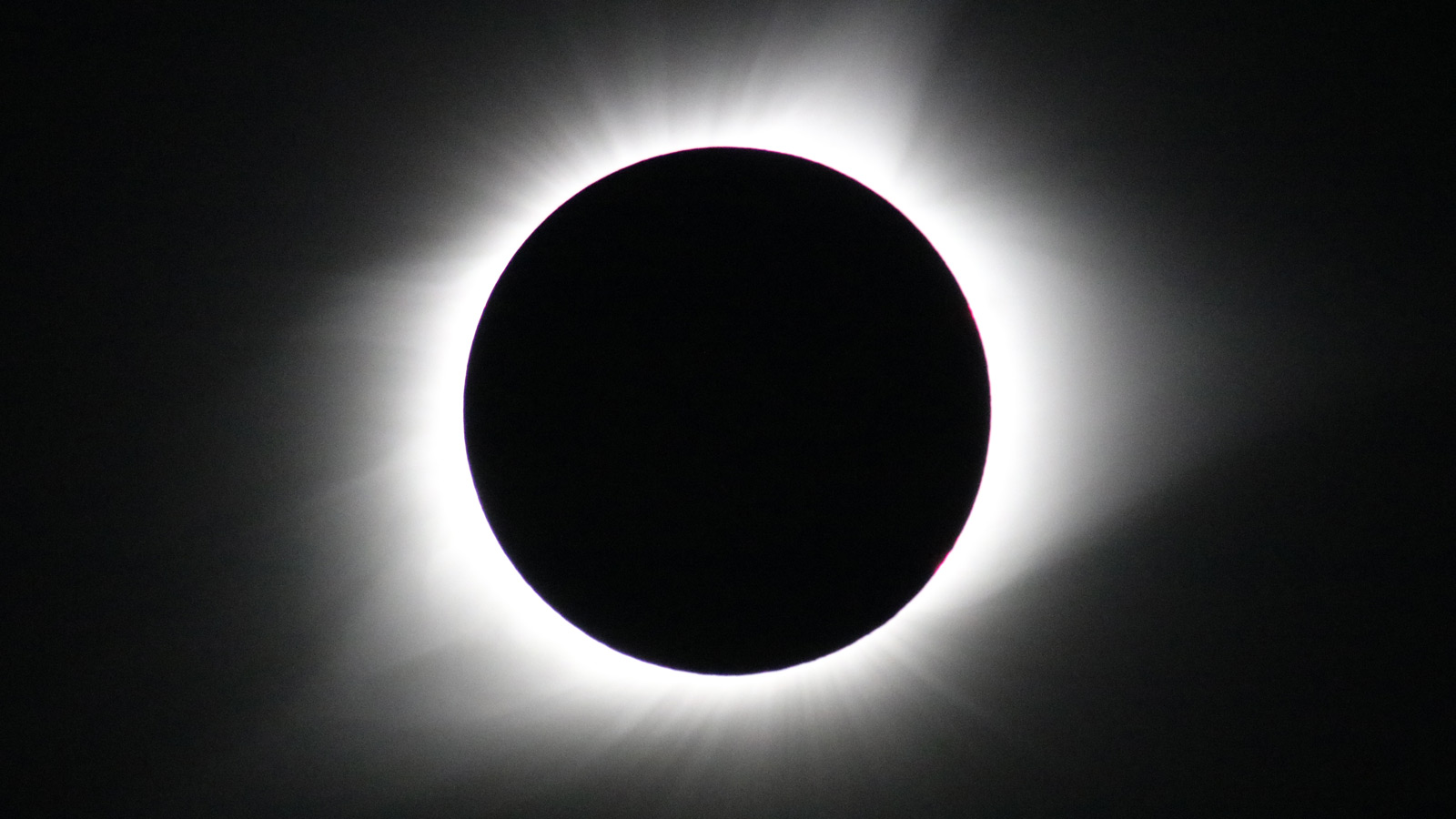
As the total solar eclipse of April 8, 2024 comes to an end, photographers and astronomers have captured breathtaking images and videos of the event. Millions of people from different parts of the world traveled to the path of totality to experience this incredible event. NASA estimated that over 31 million people lived in the totality path in the United States alone. Space.com reader Rajat Kumar Pal's composite image of the total solar eclipse from Stow, Vermont has left viewers amazed and astounded.
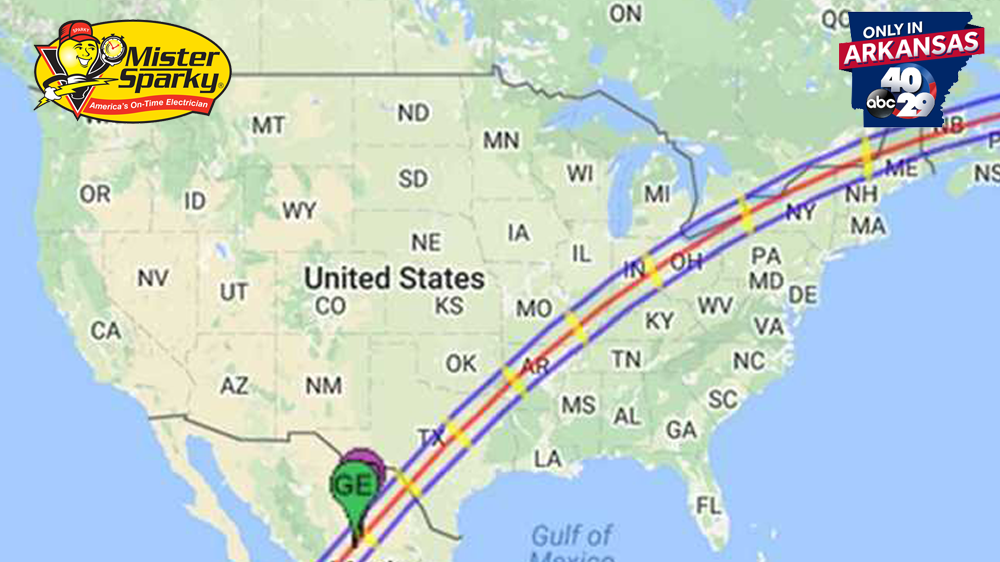
On April 8, 2024, NBC News' own Gadi Schwartz will be reporting live from a plane above Arkansas, capturing the incredible moment when a total solar eclipse will be seen across the state and reaching its peak at totality. With no prior warning or alerts, Schwartz will capture the awe-inspiring beauty and rarity of this celestial event. Don't miss out on this rare opportunity to witness the magical moments as Schwartz brings the eclipse closer to you!
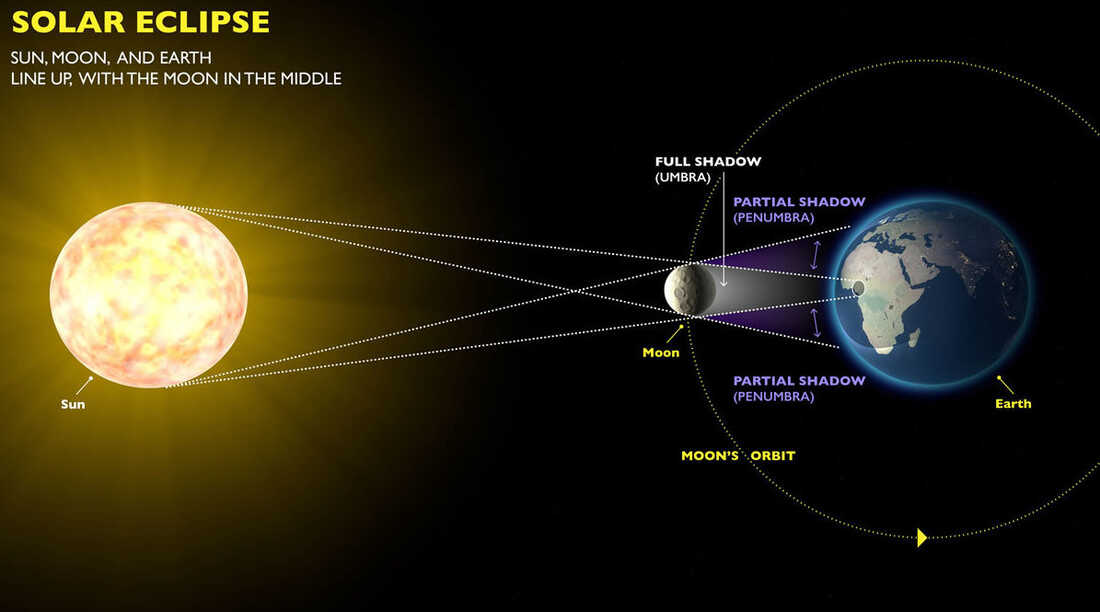
The eagerly anticipated total solar eclipse on April 8, 2024, will be visible from North America and is a special event for scientists who hope to gain valuable insights from it. The eclipse will not be visible in India, but can be watched online. This rare phenomenon occurs when the Moon completely blocks the Sun's disk, leading to a darkening of the sky and a drop in temperature. While the corona becomes visible during totality, it is important to use proper eye protection while viewing the eclipse.
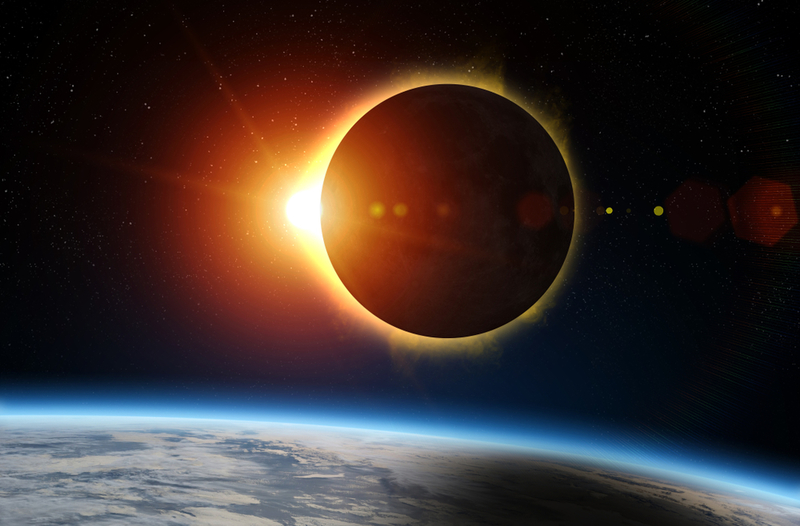
A NASA researcher has stated that animals display unique behavior during solar eclipses, raising anticipation for the upcoming total solar eclipse on April 8, 2024. According to the heliophysicist, animals may perform peculiar actions due to the dimming of the sky. This includes singing crickets and larger animals that mistake the eclipse for nightfall. In light of this, experts advise the use of eclipse glasses and engaging in other activities to distract from looking at the eclipse directly. Though not everyone may have access to view the eclipse in-person, online streams can be watched for a glimpse of the celestial event. In other tech news, Steve Jobs’s company introduces household robots and Musk continues to take jabs at his competitors.

With a total solar eclipse set to occur on April 8, Google has released a visually engaging animation to mark the occasion. It not only captures the rare celestial event in a virtual manner but also provides access to essential details for those who are unable to witness it in person. The animation serves as a platform for education and brings together enthusiasts from all over the world, as interest in the eclipse reaches a fever pitch online. As one of nature's most astounding phenomena, the total solar eclipse will only be visible in selected regions, making Google's animation all the more captivating for those who are unable to experience it firsthand.
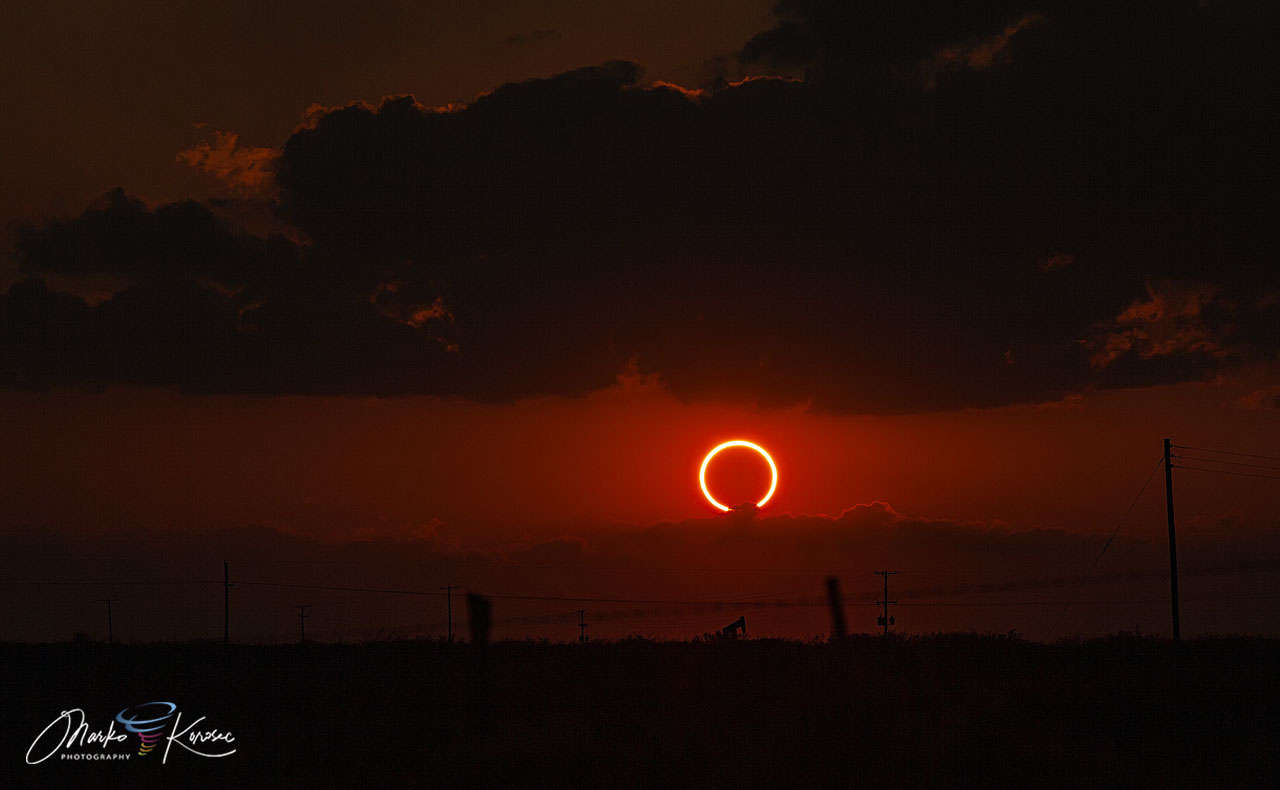
A rare solar eclipse, where the moon passes between the sun and earth, is set to take place on April 8. Parts of North America and the UK will have the opportunity to witness either a total or partial eclipse. Along with the eclipse, people may also notice unusual behavior from animals, the wind, and radio waves. This event hasn't occurred in North America since 2017 and will travel through a number of states before ending in Maine.
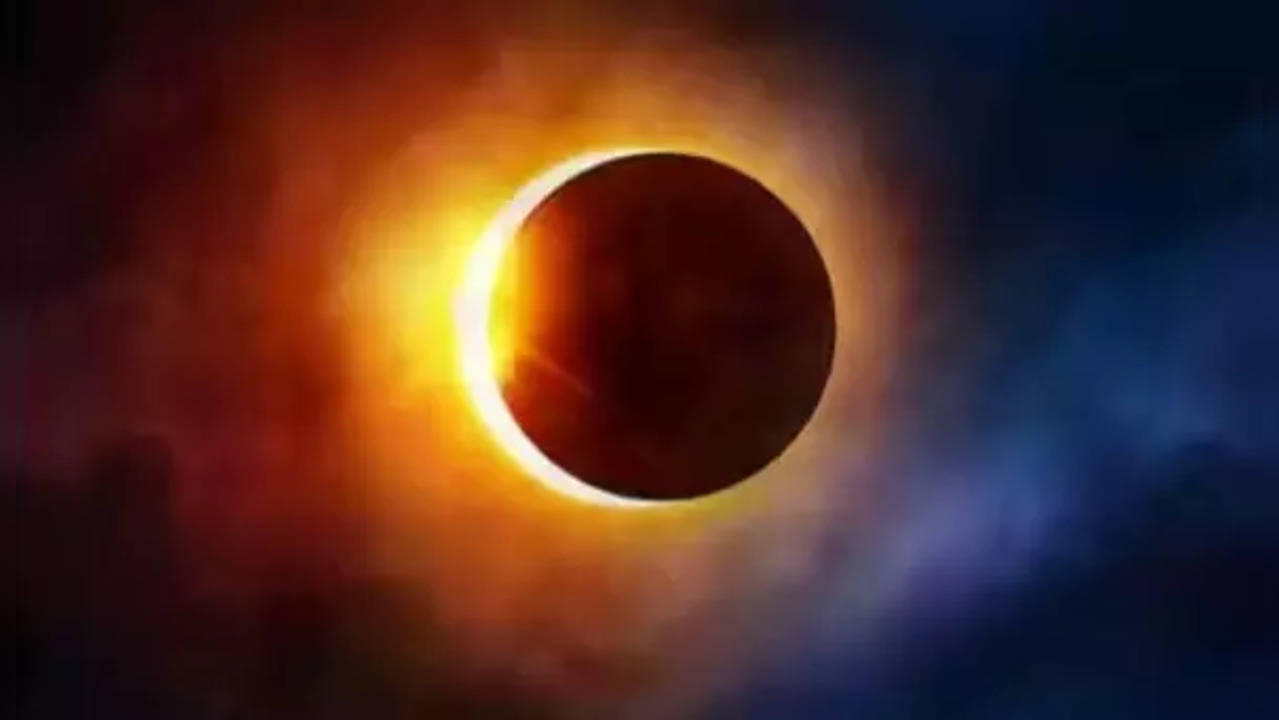
The date for the highly anticipated Surya Grahan 2024 has been announced, with the first solar eclipse of the year set to take place on April 8. Unfortunately, the eclipse will not be visible in India, but spectators in North America, Mexico, and Western Europe will have the opportunity to witness this rare celestial event. The American space agency, NASA, will be live streaming the eclipse on YouTube, providing a unique and educational viewing experience for those unable to witness it in person. Don't miss out on this once-in-a-lifetime opportunity to witness the Moon cover the Sun for a remarkable 7.5 minutes.
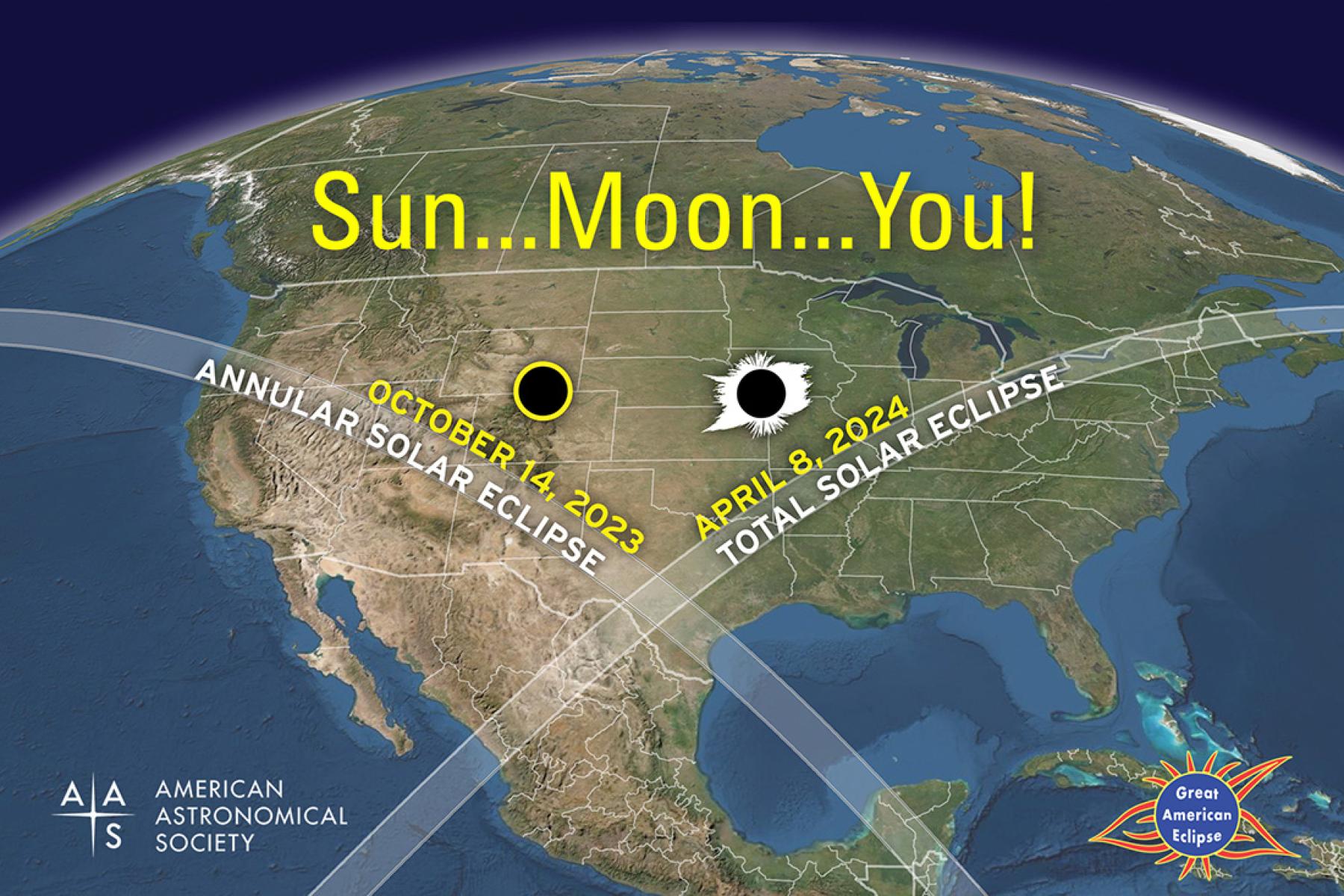
A rare total solar eclipse is set to occur on April 8th, providing a once in a lifetime opportunity to witness this phenomenon. However, viewers must ensure they have the proper gear to safely view the eclipse. This includes specialized eye protection, such as eclipse glasses or handheld solar viewers, as regular sunglasses are not sufficient. It's important to note that glasses from the 2017 eclipse should not be reused, and viewers must follow safety guidelines to avoid causing damage to their eyes.
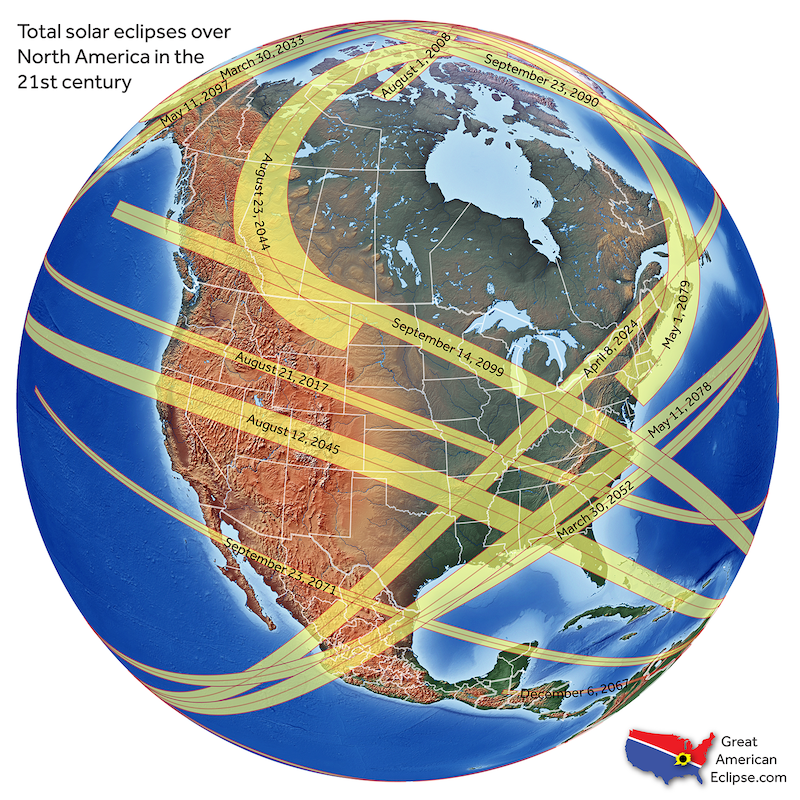
The long-anticipated total solar eclipse will traverse over Mexico, the United States, and Canada on April 8, with millions of people along its path expected to witness the awe-inspiring celestial event. While the total eclipse will last mere minutes, the partial eclipse leading up to it can last up to 80 minutes, and those outside the path of totality will still be able to see a partial solar eclipse. With NASA closely tracking the event and providing information for nearly 300 cities, people can prepare to witness this once-in-a-lifetime phenomenon.